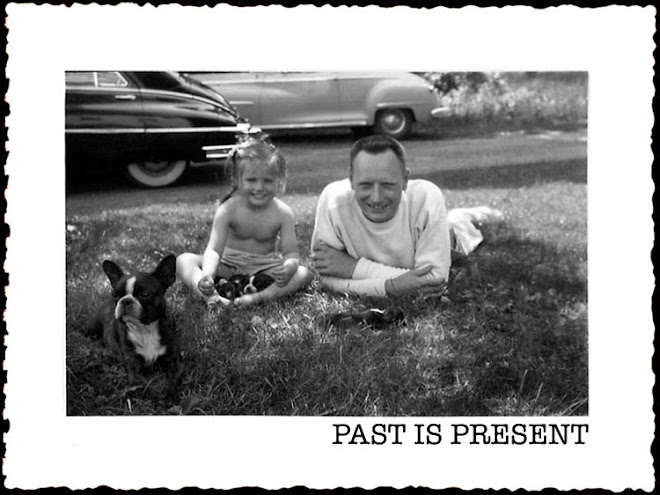
Here is a poem from a newspaper clipping titled "The Daguerreotype Girl" that accompanied a cased tintype portrait of a young girl in the Chicago History Museum collection:
Little girl, who are you?
Tell me, for time will fade
Your pretty face, your gingham dress,
your hair done in a braid.
Long have I had you near me,
Smiling from out your frame,
So lonely and so wistful.
Please, child, what is your name?
Are you Elizabeth or Phoebe,
Abigail or Jane
Of our Quaker ancestry
Whence came my father's name?
By chance you may be Josephine,
Catherine, Marie Louise
Of mother's proud French family.
Oh, can't you tell me, please?
It matters not now who you are
Nor how you chanced to be,
And I have ceased to wonder;
You're just a mystery.
My eyes grow dim, you fade away,
I only hold the frame.
Still I have always loved you,
Though never knew your name.
- C. B. S.
Little girl, who are you?
Tell me, for time will fade
Your pretty face, your gingham dress,
your hair done in a braid.
Long have I had you near me,
Smiling from out your frame,
So lonely and so wistful.
Please, child, what is your name?
Are you Elizabeth or Phoebe,
Abigail or Jane
Of our Quaker ancestry
Whence came my father's name?
By chance you may be Josephine,
Catherine, Marie Louise
Of mother's proud French family.
Oh, can't you tell me, please?
It matters not now who you are
Nor how you chanced to be,
And I have ceased to wonder;
You're just a mystery.
My eyes grow dim, you fade away,
I only hold the frame.
Still I have always loved you,
Though never knew your name.
- C. B. S.







